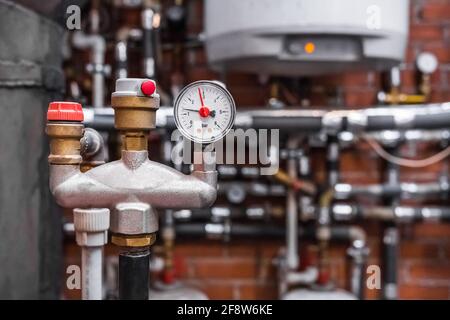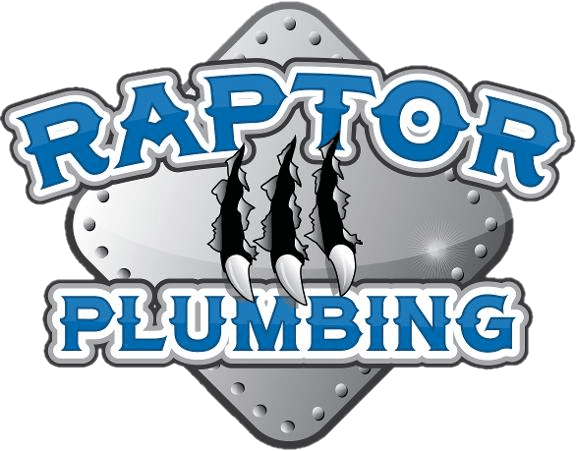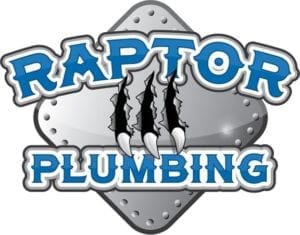What Are High-Pressure Systems?

High-pressure systems involve pipes, vessels, and equipment designed to contain and transport fluids or gases at pressures far above normal atmospheric levels. They are used in industries such as oil and gas, power plants, and chemical processing.
Key Components of High-Pressure Systems
- Pressure Vessels – Containers built to hold pressurized substances.
- Piping Networks – Transport fluids and gases under high pressure.
- Valves and Regulators – Control and stabilize system pressure.
- Safety Devices – Include pressure relief valves and emergency shutoffs.
Applications in Industry
- Power generation through steam turbines.
- Oil and gas refining and transport.
- Chemical processing plants.
- Manufacturing processes requiring compressed air or gas.
Risks Associated with High-Pressure Systems
Improperly maintained or installed systems can lead to catastrophic failures, including explosions, leaks, and equipment damage. Human safety is the top concern.
Safety Protocols and Maintenance
- Conduct regular pressure testing (hydrostatic or pneumatic).
- Follow strict lockout/tagout procedures during maintenance.
- Provide PPE and safety training for workers.
- Ensure compliance with OSHA and ASME codes.
Modern Innovations
New technologies such as remote monitoring, automated pressure control systems, and advanced materials are improving the safety and efficiency of high-pressure systems.
Conclusion
High-pressure systems are essential in industrial operations but come with inherent risks. Through proper design, ongoing maintenance, and adherence to safety standards, businesses can maximize efficiency while protecting workers and equipment.
{ “@context”: “https://schema.org”, “@type”: “FAQPage”, “mainEntity”: [ { “@type”: “Question”, “name”: “What are high-pressure systems used for in industry?”, “acceptedAnswer”: { “@type”: “Answer”, “text”: “High-pressure systems are used in industries like power generation, oil and gas, chemical processing, and manufacturing to transport fluids and gases under extreme pressure.” } }, { “@type”: “Question”, “name”: “What are the main risks of high-pressure systems?”, “acceptedAnswer”: { “@type”: “Answer”, “text”: “The main risks include explosions, leaks, equipment failure, and safety hazards for workers if systems are not properly maintained or designed.” } }, { “@type”: “Question”, “name”: “How are high-pressure systems maintained safely?”, “acceptedAnswer”: { “@type”: “Answer”, “text”: “Safe maintenance involves regular pressure testing, lockout/tagout procedures, use of PPE, compliance with OSHA and ASME standards, and ongoing worker training.” } } ] }
